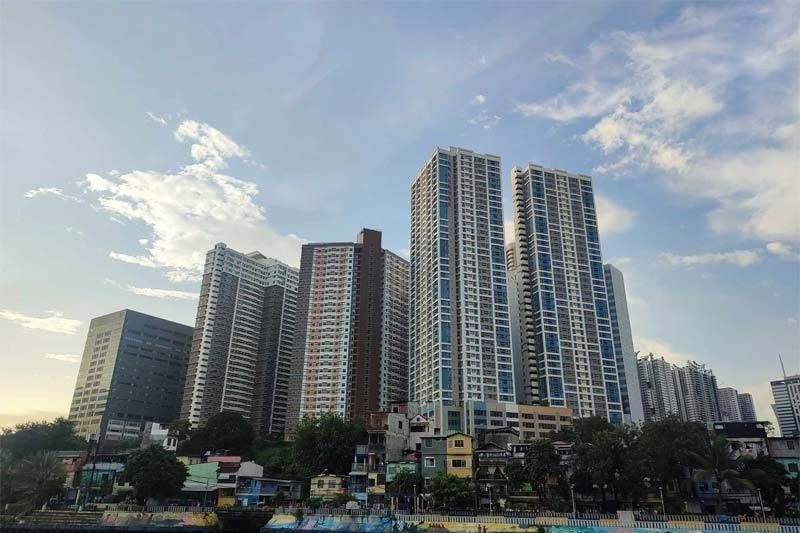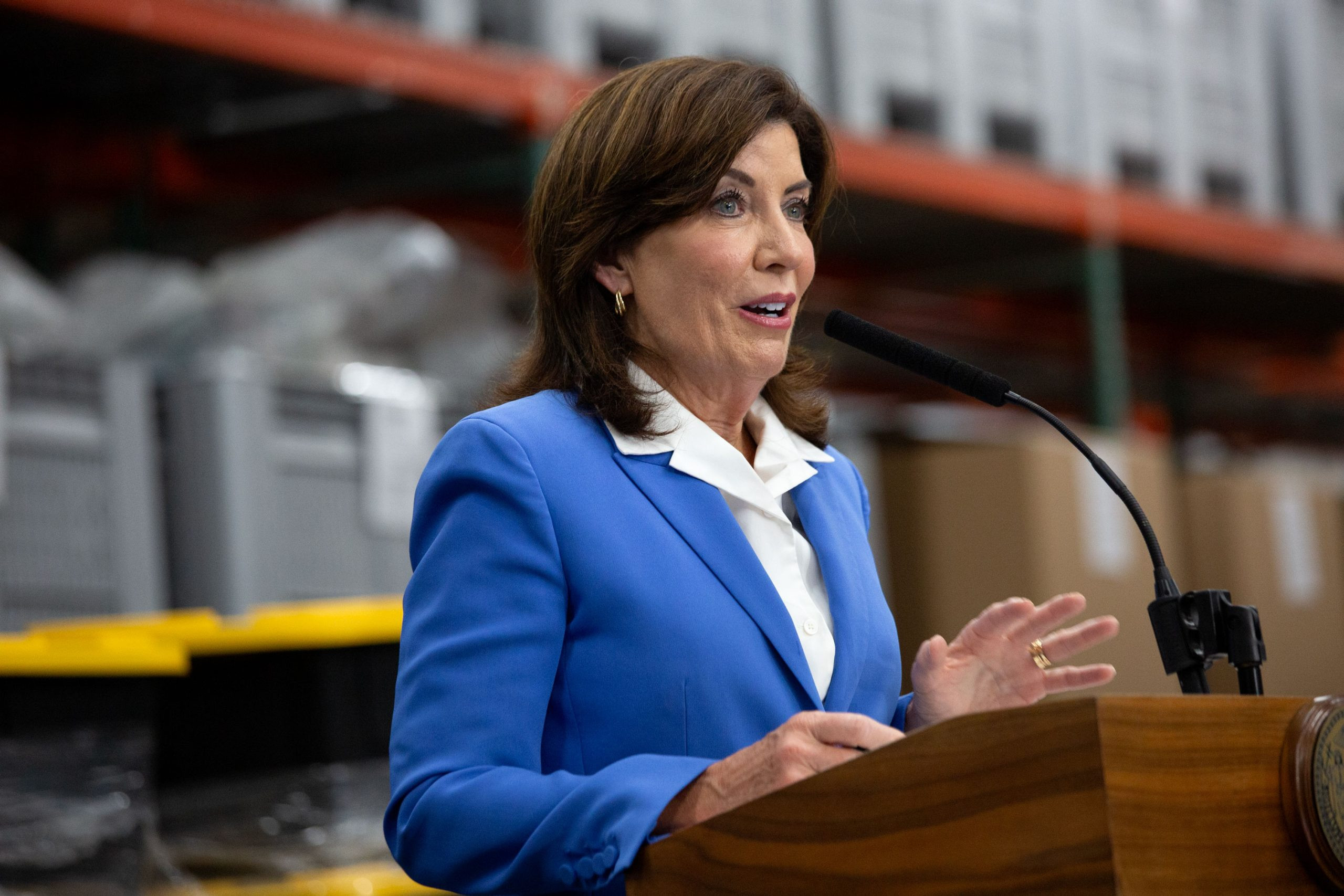The Philippine economy likely slowed in the third quarter as household spending remained muted after the central bank cut interest rates in August.
If realized, it would mark a slowdown from the 6.3% growth in the previous quarter and the 6% expansion in the third quarter of 2023.
This would also bring the year-to-date growth to 5.9%, just below the 6-7% target for the year.
Inflation and Muted Spending
“On the demand side, household consumption was still the primary driver of growth, though it may have remained subdued due to persisting price pressures,” said Chinabank Research, which projected a 5.7% GDP growth in the third quarter.
Inflation quickened to a nine-month high of 4.4% in July but slowed to 3.3% in August. Inflation further eased to a four-year low of 1.9% in September, settling below the 2-4% target. In the first nine months, consumer price growth averaged 3.4%, which is also the central bank’s forecast for the year.
“We expect growth in 3Q 2024 to have cooled to 5.7% year on year as public spending, both in consumption and investment, moderated. Though the central bank did begin its easing cycle during the quarter, we don’t think the change in the monetary stance had affected [the third-quarter] growth,” HSBC ASEAN (Association of Southeast Asian Nations) economist Aris D. Dacanay said in an e-mail.
The Bangko Sentral ng Pilipinas (BSP) began its easing cycle with a 25-basis-point (bp) cut at its Aug. 15 meeting, followed by another 25-bp reduction at its Oct. 16 meeting. This brought the target reverse repurchase rate to 6%.
Patrick M. Ella, economist at Sun Life Investment Management and Trust Corp., said third-quarter GDP likely expanded by 6%. This, as he expects household spending to have grown by 5%-5.5% in the period ending September from 4.6% seen in the second quarter.
He noted the rate cut’s effect could be seen in “both improved liquidity and a firmer expectation of lower forward inflation.”
Other Drivers of Growth
Angelo B. Taningco, vice-president and Research Division head at Security Bank Corp., said third-quarter growth may have also been driven by “healthy” government spending, “resilient” capital formation, and a wider trade deficit.
Government spending jumped by more than a tenth to P4.26 trillion in the first nine months, breaching the P4.22-trillion program for the period.
So far, the government has already disbursed almost three-fourths of its P5.8-trillion revised spending program this year.
“Continued public and private construction activities continued to support growth in capital formation,” said Chinabank Research.
Ser Percival K. Peña-Reyes, director of the Ateneo Center for Economic Research and Development, said in an e-mail that construction, transport and storage, and accommodation and food service activities also likely drove GDP expansion to 6.5% in the third quarter.
Agricultural Output
However, some economists noted adverse weather conditions in the July-to-September period may have hurt agricultural output, which accounts for around 10% of GDP.
“With farm output challenged by recent typhoons and strong monsoon rains, the nonfarm GDP driven by private sector spending, would probably do much of the heavy lifting for 3Q24 GDP to rise by 6.2% year on year,” Ruben Carlo O. Asuncion, chief economist of Union Bank of the Philippines, said.
Chinabank Research said agriculture likely remained “a drag” on third-quarter growth as output declined due to bad weather.
For instance, the effect of Super Typhoon Carina and the enhanced southwest monsoon left around P4.73 billion worth of agricultural damage, affecting farmers and fisherfolk mostly in Luzon.
Third-quarter agricultural output data will be released on Wednesday.
Services Sector
“On the supply side, services continued to power the economy but may have moderated amid lackluster consumption,” Chinabank Research said.
Mr. Asuncion also noted that recent disinflation, strong employment generation by the services sector in August, and robust manufacturing are “clear signals of positive macro catalysts during the quarter.”
Outlook for the Rest of the Year
“Overall, we expect the Philippine economy to grow 5.9% in 2024,” Moody’s Analytics’ Ms. Tan said. “That will be just shy of the government’s 6% to 7% target for the year but will again outperform many of its regional peers in terms of growth.”
Harumi Taguchi, principal economist at S&P Global Market Intelligence, said they expect “lower borrowing costs and softer financial conditions to lift household and business sentiment and lift credit growth in 2025.”
“Overall economic performance is expected to remain on an uptick even though the impact from previous policy rate hikes suppress investment in the private sector. While robust infrastructure spending will drive economic activity, a steady increase in remittance will support private consumption,” Ms. Taguchi said.
John Paolo R. Rivera, senior research fellow at Philippine Institute for Development Studies, said he maintains an optimistic outlook for the rest of the year as a rise in remittances ahead of the holidays is expected to boost consumer spending.
HSBC’s Mr. Dacanay said he expects growth in household consumption to “finally change direction for the better as inflation significantly eased over the quarter.”
“Services exports also likely remained unperturbed with the BPO (business process outsourcing) sector leading the charge while goods exports likely held its ground,” he said. — Pierce Oel A. Montalvo
Hong Kong's GDP Growth Moderates
Hong Kong's economy continued to expand in the third quarter of 2024, though at a moderated pace, according to advance estimates released by the Census and Statistics Department (C&SD). Real GDP grew by 1.8% year-on-year in the third quarter, down from 3.2% in the second quarter. For the first three quarters as a whole, real GDP grew by 2.6% over a year earlier.
On a seasonally adjusted quarter-to-quarter basis, real GDP declined by 1.1% in the third quarter.
Factors Contributing to Moderated Growth
A Government spokesman attributed the moderated growth to a deceleration in year-on-year growth of total exports of goods, alongside softening economic growth in some major markets. Exports of services continued to record a mild increase, supported by increasing cross-border economic activities.
Despite the moderated growth, overall investment expenditure rose further in tandem with the overall economic growth. However, private consumption expenditure continued to decline amid the change in residents' consumption patterns.
Outlook for the Remainder of the Year
Looking ahead, the economy should continue to grow in the remainder of the year. While global economic uncertainties and trade conflicts may affect Hong Kong's exports of goods, monetary easing across major central banks and an improved outlook for the Mainland economy following the recent introduction of a wide range of stimulus measures would help support sentiment and activities in the domestic market.
Specifically, gradually easing financial conditions should bode well for fixed asset investment. A possible easing of the Hong Kong dollar alongside the US dollar, coupled with the Central Government's various measures benefitting Hong Kong, the SAR Government's various initiatives to boost market sentiment and increasing employment earnings are conducive to spending by both residents and visitors in the domestic market, though the change in their consumption patterns will continue to pose challenges.
Government Measures to Support Growth
The Policy Address has set out a range of strong measures on economic development, consolidating and enhancing Hong Kong's traditional industries on the one hand while actively exploring new growth areas. On the financial front, the Policy Address announced to develop Hong Kong into an international gold trading market with a view to further consolidating Hong Kong’s status as an international financial centre. On the shipping side, the Policy Address announced to establish a commodity trading ecosystem, driving maritime services and promoting the development of related financial and professional services such as hedging activities of related futures products. In respect of the trade sector, the Government will strive to establish a high value-added supply chain service centre and attract Mainland and overseas enterprises to set up their headquarters or corporate divisions in Hong Kong. The Policy Address also reduced the import duty on liquor to promote liquor trade and boost the development of related high value-added industries. In addition, on developing new quality productive forces, the Policy Address announced measures such as the establishment of a $10 billion Innovation and Technology Industry-Oriented Fund and the development of low-altitude economy. The Government will implement various initiatives in the Policy Address in full steam so as to create new impetus for Hong Kong's economic development.
The revised figures on GDP and more detailed statistics for the third quarter of 2024, as well as the revised GDP forecast for 2024, will be released on November 15, 2024.


















